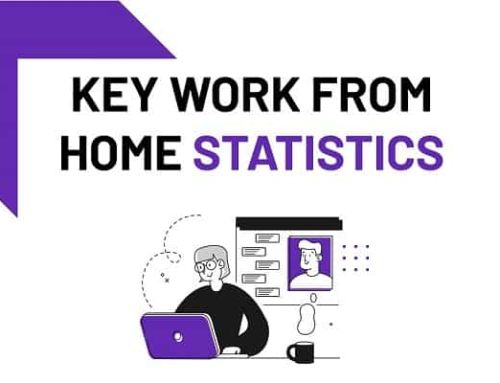They say that knowing yourself is the start of the path to happiness. If that’s the case, knowing yourselves and those around you is surely the key to harmony in the workplace.
But with so much going on and so many different personalities to understand, it can be tough keeping up with the needs and habits of your co-workers. While nobody’s suggesting you should see them as anything less than individuals, broadly categorizing your colleagues by their strengths and personality traits can help you to learn how they’ll best respond to different approaches when you’re working together.
Ninety years ago, psychologist William Moulton Marston came up with such a system, and it’s proved robust enough to still have value today. His system became known as DiSC, after the four main emotional drives that it identified: dominance, influence, steadiness, and conscientiousness. Contemporary businesses can still make productive use of what Marston found.
And what he found was that these four emotional drives lead to 12 character types. Each one has their place in a team, but of course balance is essential; all the same, knowing how they operate can help you to recognize when an imbalance has occurred and how it might relate to that particular individual’s drives.
A ‘challenger’, for example, can be a highly-motivated, independent-minded go-getter. She might be the first in the team to cause disharmony, rubbing people the wrong way by critiquing their ideas over-cynically or seeming aloof or insensitive.
It might seem hard to get to know such a colleague well, but it is worth bearing in mind that her foibles come hand in hand with her strengths: she may be critical, but she’s honest about her feelings; she may have a superiority complex, but she does get results. Ensure that her workload remains challenging and that you don’t shy away from letting her know how her insensitivity makes you feel, and the air should remain clear for you to work profitably together.
The ‘buddy’ is in some ways the reverse of the challenger. He’s generous, full of praise and support, and always willing to drop everything to help. Buddy types are incredibly valuable to a team so long as they can learn to be assertive about their own workload. Don’t let them fall behind because they’re so busy helping others out, and be ready to challenge them for more meaningful feedback when they tell you your ideas are great.
This new visual guide to the 12 personality types gives the lowdown on each of Marston’s characters in the form of a word cloud. It’s a great way to get an indication of what and who you might be dealing with at a glance – and from there, it should be easy to figure out how best to develop that working relationship to the next level.
![[Infographic] 12 Personality Types And Their Place In A Team](https://gethppy.com/wp-content/uploads/2018/05/01_DiSC-Personality-System.png)
![[Infographic] 12 Personality Types And Their Place In A Team](https://gethppy.com/wp-content/uploads/2018/05/13_The-Perfectionist.png)
![[Infographic] 12 Personality Types And Their Place In A Team](https://gethppy.com/wp-content/uploads/2018/05/12_The-Analyst.png)
![[Infographic] 12 Personality Types And Their Place In A Team](https://gethppy.com/wp-content/uploads/2018/05/11_The-Bedrock.png)
![[Infographic] 12 Personality Types And Their Place In A Team](https://gethppy.com/wp-content/uploads/2018/05/10_The-Technician.png)
![[Infographic] 12 Personality Types And Their Place In A Team](https://gethppy.com/wp-content/uploads/2018/05/09_The-Peacekeeper.png)
![[Infographic] 12 Personality Types And Their Place In A Team](https://gethppy.com/wp-content/uploads/2018/05/08_The-Collaborator.png)
![[Infographic] 12 Personality Types And Their Place In A Team](https://gethppy.com/wp-content/uploads/2018/05/07_The-Buddy.png)
![[Infographic] 12 Personality Types And Their Place In A Team](https://gethppy.com/wp-content/uploads/2018/05/06_The-Enthusiast.png)
![[Infographic] 12 Personality Types And Their Place In A Team](https://gethppy.com/wp-content/uploads/2018/05/05_The-RiskTaker.png)
![[Infographic] 12 Personality Types And Their Place In A Team](https://gethppy.com/wp-content/uploads/2018/05/04_The-Seeker.png)
![[Infographic] 12 Personality Types And Their Place In A Team](https://gethppy.com/wp-content/uploads/2018/05/03_The-Winner.png)
![[Infographic] 12 Personality Types And Their Place In A Team](https://gethppy.com/wp-content/uploads/2018/05/02_The-Challenger.png)






Interesting how some personalities (The Enthusiast for one) have few or no socially perceived ”negative” adjectives. Seems there is an inherent bias in these infographics.